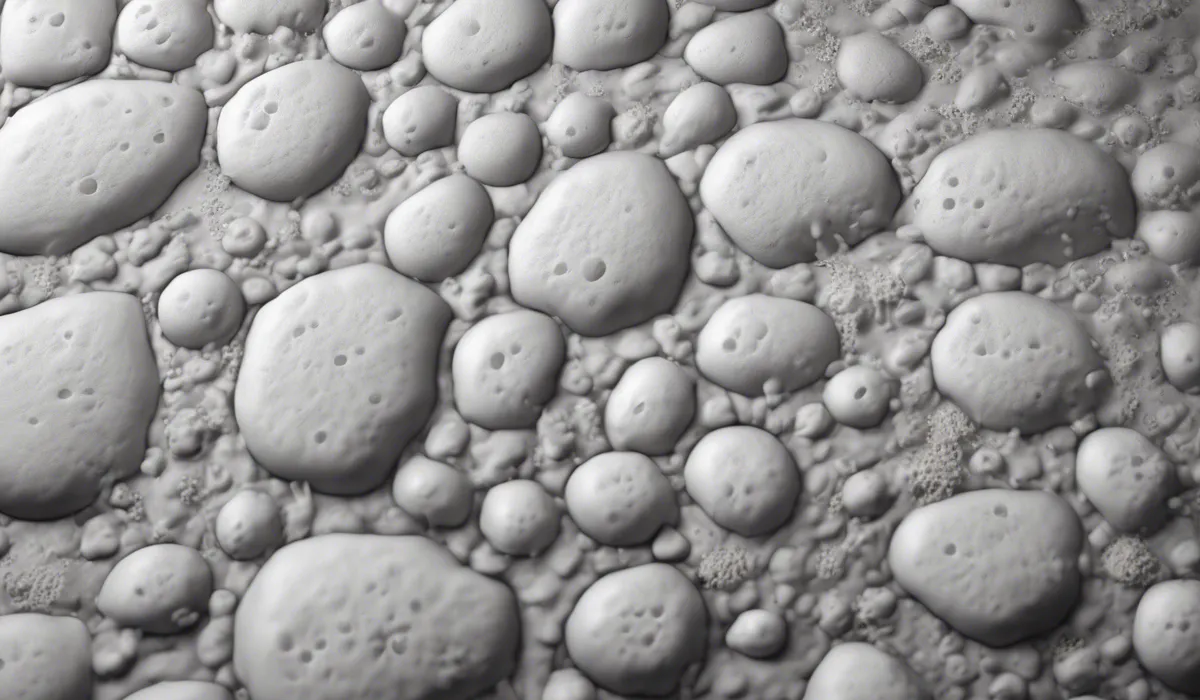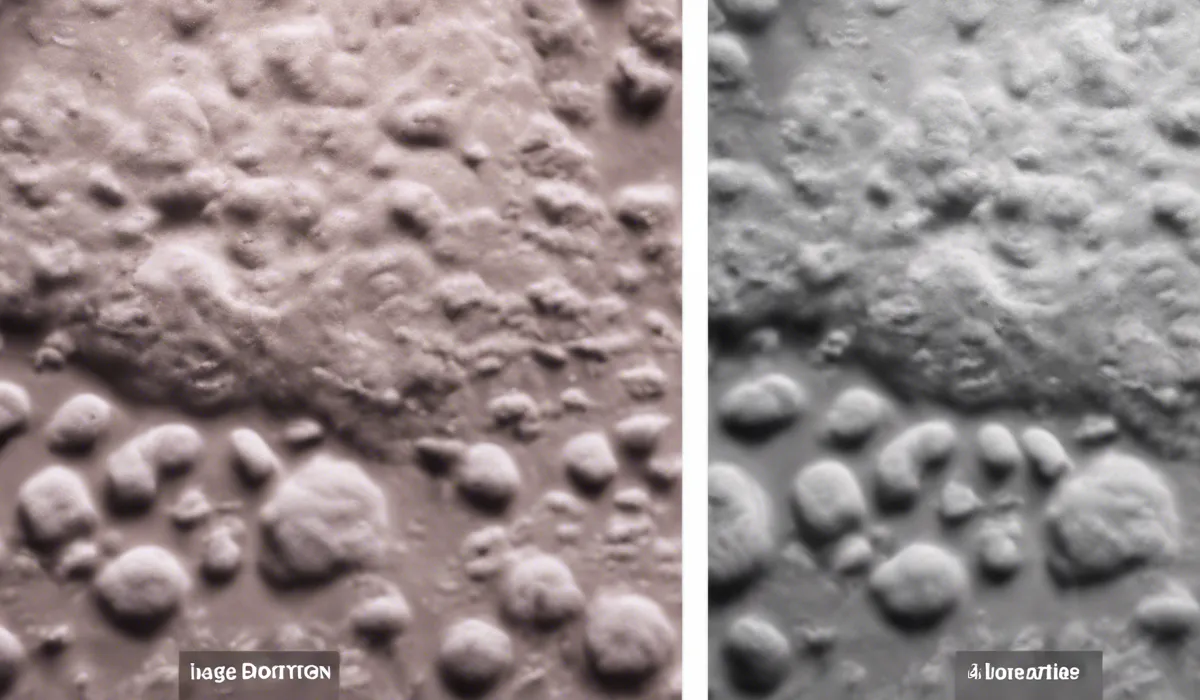Ionizers can reduce airborne mold spores, potentially lessening mold growth. However, they don’t kill mold on surfaces. To effectively manage mold, combine ionization with proper cleaning and humidity control.
Understanding Ionizers and How They Work

Explanation of Ionizer Technology
An ionizer is a device that uses electricity to charge air molecules. These charged molecules, or ions, then attach themselves to various particles in the air, such as dust, pollen, and mold spores.
Once these particles become charged, they are drawn to surfaces like walls or floors, or they clump together and become heavy enough to fall out of the air.
This process can help clean the air you breathe and is a tool used to improve indoor air quality.
Types of Ionizers
There are several types of ionizers designed to cater to different spaces and needs. Room ionizers are portable and can be moved from one place to another.
They are suitable for individual rooms. HVAC ionizers, on the other hand, are installed in your home’s heating, ventilation, and air conditioning system.
They work continuously to purify the air circulating throughout your entire house. There are also personal ionizers that you can wear around your neck, ideal for purifying your personal space wherever you go.
The Science Behind Ionization
The science of ionization is based on the principle of creating negative and positive ions. Negative ions have an extra electron, while positive ions are missing an electron. This imbalance causes them to seek out particles in the air to balance their charge.
When these ions encounter mold spores or other pollutants, they neutralize them, potentially reducing the number of these particles in the air.
This process can lead to improved air quality, especially in terms of reducing allergens and contaminants.
The Effectiveness of Ionizers Against Mold

The Nature of Mold and Mold Spores
Mold is a type of fungus that can grow almost anywhere there is moisture and organic material.
Mold releases tiny spores into the air to reproduce. These spores are invisible to the naked eye and can easily be inhaled, leading to health problems, especially in sensitive individuals.
Factors Contributing to Mold Growth
Mold thrives in damp, warm, and humid conditions. Lack of ventilation and areas with standing water or frequent condensation are hotspots for mold growth.
Materials like drywall, carpet, and wood can provide the food mold needs to grow when they become damp or wet.
Research on Ionizers’ Impact on Mold
Studies show that ionizers can reduce the number of airborne mold spores, which may help in preventing the spread of mold in your home.
However, it is important to note that ionizers are more effective at inhibiting mold growth than killing mold. They work by making mold spores heavy and unable to float in the air, rather than directly destroying them.
Difference Between Killing Mold and Inhibiting Growth
When we talk about killing mold, we refer to the process of eliminating it completely from a surface.
On the other hand, inhibiting mold growth means preventing it from spreading or reproducing.
Ionizers do not kill mold on surfaces; they help in reducing the number of spores in the air, which can lessen the chances of mold growing and spreading on various surfaces around your home.
Considerations and Best Practices When Using Ionizers

Safety Concerns and Ozone Production
Some ionizers can produce ozone as a byproduct. Ozone is a lung irritant that can be harmful in high concentrations, especially to individuals with respiratory issues.
It is crucial to choose ionizers that are labeled as ozone-safe or to use them according to the manufacturer’s guidelines to minimize ozone production.
Effective Use in Mold-Prone Areas
To use ionizers effectively, place them in areas where mold is most likely to grow, such as bathrooms, kitchens, and basements.
Ensure that the ionizer is suited for the size of the room and run it regularly to maintain air quality. Remember, while ionizers can help with airborne spores, they should be used as part of a broader strategy to control mold.
Complementary Strategies to Prevent Mold Growth
Apart from using ionizers, it is essential to control humidity levels by using dehumidifiers or air conditioners. Fix leaks promptly, ensure proper ventilation, and clean up any standing water immediately.
Regular cleaning and vacuuming can also reduce mold spores and prevent them from settling and growing on surfaces.
Maintenance and Care of Ionizers
To ensure your ionizer performs optimally, follow the manufacturer’s instructions for maintenance.
This usually includes cleaning the ionizing plates or filters regularly to prevent dust and debris from affecting its performance.
Check the device for any signs of damage or malfunction, and replace it if necessary. A well-maintained ionizer will serve you better in the fight against mold in your home.
FAQs About Ionizers and Mold
Do ionizers kill mold?
Ionizers can reduce airborne mold spores but do not kill mold on surfaces.
Can ionizers help prevent mold growth?
Yes, by reducing airborne mold spores, ionizers can potentially help prevent new mold growth.
Is an ionizer enough to control mold problems?
No, you should use an ionizer in combination with proper cleaning and humidity control to effectively manage mold.
How should I remove mold from surfaces?
Mold on surfaces should be cleaned with appropriate cleaning agents and by following safety guidelines for mold removal.
Will an ionizer improve air quality in a mold-infested environment?
An ionizer may improve air quality by reducing airborne mold spores, but it will not address mold infestation on surfaces or the root cause of the mold.
Final Thoughts
Ionizers can help reduce airborne mold spores, which might inhibit mold proliferation. However, they are not effective for killing mold on surfaces.
For comprehensive mold management, it’s essential to use ionization in tandem with thorough cleaning practices and maintaining low humidity levels.
